Speaker
Description
Electron pairs from light vector mesons have been measured to study the chiral symmetry restoration in hot and dense matter. The J-PARC E16 experiment was designed to measure a large number of vector mesons produced in 30 GeV pA reactions to investigate their mass spectrum in nuclei. We use a high intensity beam of 1 $\times$ 10$^{10}$ proton/spill (2-sec duration) at J-PARC to compensate for the small branching ratio of vector mesons to electron pair decays. At the same time, it is challenging to detect the electron pairs under the huge hadronic backgrounds.
We had developed two-stage electron identification (EID) detectors, consisting of a lead-glass electromagnetic calorimeter and a gas Cherenkov detector equipped with GEMs, called a hadron blind detector. They can detect electrons of 0.4 – 4.2 GeV/c and have a high-counting capability of 1.4 kHz/mm$^{2}$. At the time of my presentation at VCI2022, half of the commissioning runs had been performed with a partial detector acceptance, and only online type of quick analysis results for these two-stage detectors were shown. After that, we have finished all planned commissioning runs with full acceptance. We have completed a detailed calibration of both the EID and tracking detectors. As a result, we have succeeded in obtaining a clear energy-momentum correlation of electron/positron tracks, demonstrating the establishment of the EID technique in a high-rate environment.
| Primary experiment | J-PARC E16 |
|---|
